Feature image credit: Tara Harriden,
“It’s in my blood.”
“If you look closely at the dots that make up this painting, they have raised ‘lines’ which are reminiscent of blood vessels and, on another level, are representative of the songlines through which Aboriginal Australians have handed down our knowledge over tens of thousands of years”.
Over the past few months, I have had the pleasure of working with Marnie Weule and Tara Harriden, both of whom are Aboriginal women and Australian Art Therapists. I invited them both to share their perspectives by answering a few questions.
In this interview you will hear about their backgrounds and how they came to art therapy as a profession. They reflect on their passions and obstacles they have overcome. They consider how culture and art therapy come together in their work, and yarn about what is needed for the future of our field.
Can you please tell us a little bit about yourself – where you are from, some of your own history, and what led you to art therapy?
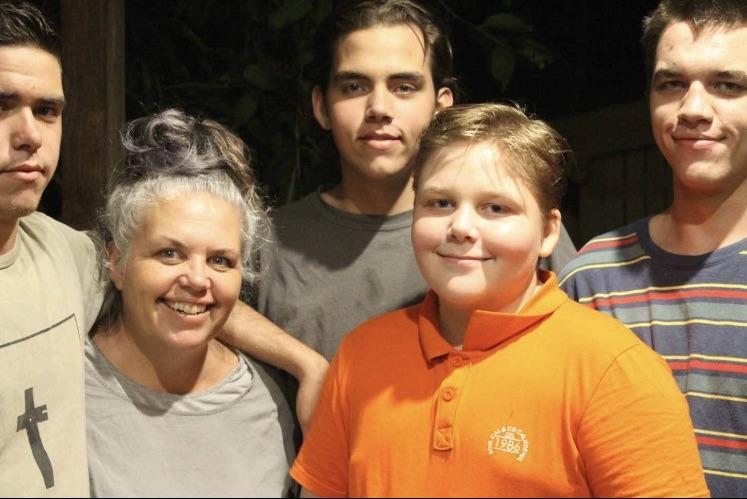
Marnie: My connections are to the Northern Rivers area in NSW. I’m not sure about the exact reason I became drawn to art therapy, but I listened to that internal call and decided to try a few sessions out for myself with a local art therapist. I wanted to feel what art therapy was like.
I was not 100 percent committed to the study until I experienced a moment that was very powerful for me and provided me with a direct connection to the relationship we as people have with art. A story that was shared in a yarning circle became this catalyst for me and moved me to tears, it was a simple story and as my tears kept flowing for some reason it resonated deeply with my spirit. And so that was it, the decision was made.
My current work context is that I have facilitated a number of therapeutic groups and individual sessions. I am exploring ways to share my service with my community and while I’m doing this, I work for a community controlled organisation, supporting families.
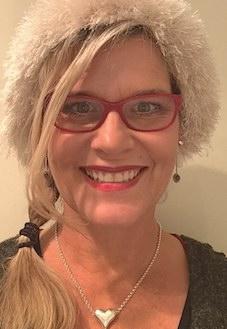
Tara: I was born in Eora country (Sydney) and grew up on Turrbal and Jagera land (Brisbane – Northside of the river). My Aboriginal ancestors are on Dad’s side of the family – my Nana was a strong Wiradjuri woman from the NSW Riverina Area, around Wagga Wagga way.
By the age of 11, my Nana had been taught how to be a domestic servant, was living on a big property, and working as a ‘nurse girl’ for the wealthy landowners. Apart from approximately 8 years of my life, during which time I lived in Bamaga (Cape York Peninsula), Townsville, Hobart, and Melbourne, I have lived in Brisbane – on the Northside of the ‘big brown snake’ (Brisbane River).
Prior to completing my Master of Mental Health in Art Therapy, I was an Art and Dance teacher and Head of Campus at schools for disenfranchised young people. All of the young people attending these schools had some experience of trauma and/or mental health problems – either their own trauma/mental illness or caring for a parent/significant other who was experiencing mental illness. I had been using the arts as a vehicle to help kids in lots of different ways: to understand themselves, to articulate their inner feelings and thoughts, to identify their goals, to connect and communicate with one another and, sometimes, to relax. I had been doing Art Therapy without knowing it!
I did some research and discovered the University of Queensland was offering a Master of Mental Health program, specialising in Art Therapy, so in 2008, I resigned from my job as Head of Campus and went back to uni so I could learn how to do art therapy ‘properly’!
As an Aboriginal Woman, what were the most significant obstacles you faced in your Art Therapy education and career, and how did you overcome them? What are the current obstacles for you and how do you keep going?
Marnie: Most challenging for me is deconstructing western therapeutic systems and placing them into my cultural context. The interplay between the two systems continues to challenge me, and finding a workable balance between them.
Tara: I have not really had any significant obstacles due to my Aboriginality, probably because I have fair skin, bleached blonde hair, so non-Aboriginal people mostly assume I am not Aboriginal. Interestingly, Aboriginal and Torres Strait Islander people always know I am Aboriginal when they first meet me and although non-aboriginal people have often said to me, “You don’t look Aboriginal”, Aboriginal Australian and Torres Strait Islander people, when I have asked how they knew I was Aboriginal before I told them, will often say, “Because you have an Aboriginal face”, or “Because you look Aboriginal”!
It has been my female-ness, and parent-ness that have created the most obstacles in my career!
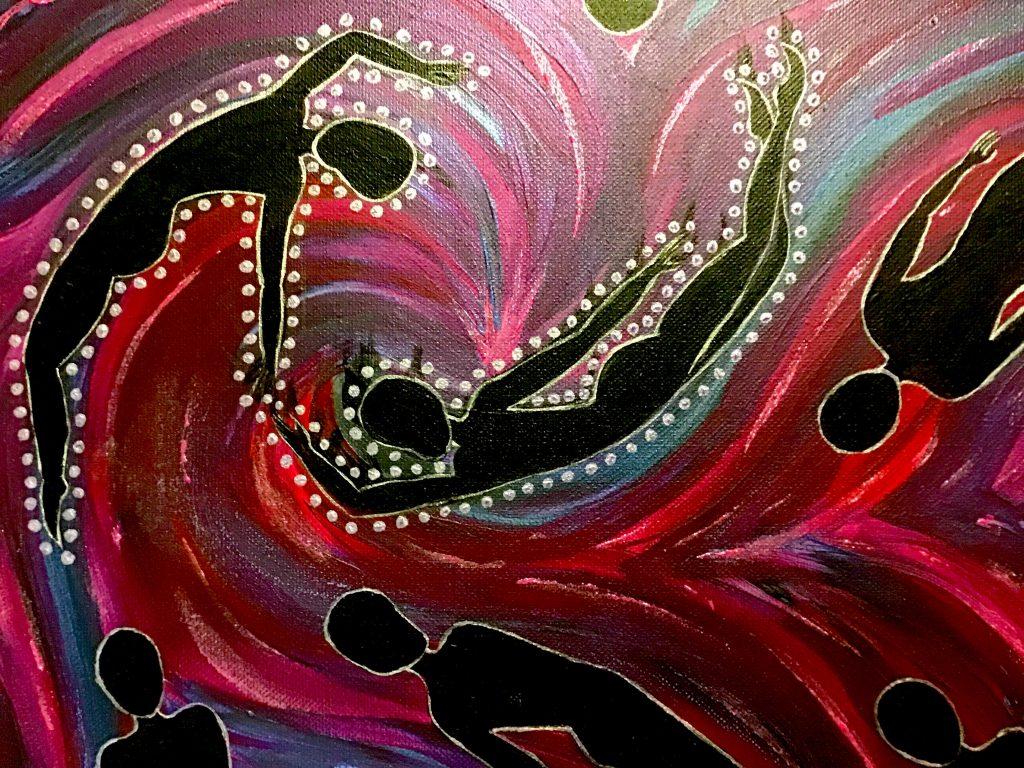
What aspects of your work are you most passionate about?
Marnie: Interestingly, I’m fairly passionate about question 2, the cultural safety that art provides me at the same time it allows me to create a solid therapeutic space.
Art therapy allows a person to make their mark, create metaphor, observe and define patterns, tell story. One of the things I love most about art therapy is the self-determining nature the process provides and the relationship between the art/materials person and how these are able to support the therapeutic work. For me, this is culturally sound practice.
Tara: The aspect of my work I am most consumed by at the moment is my Arts-based clinical Supervision. I am so into it that I am doing a PhD about this at the moment.
How do culture and art therapy come together in your work?
“There is a word in Wiradjuri language: YINDYAMARRA which can be translated to mean “respect” and is also a kind of philosophy, in which gentleness, kindness, deep listening, and learning to do things slowly are embedded. This is the spirit in which I invite my clients to work with me in my Art Therapy studio.”
– Tara Harriden
Marnie: It’s an ongoing commitment for learning more about both, my culture and how it guides my application of a traditionally western world view of mental health. For me, Art Therapy, can offer a bridge between.
Tara: There is a word in Wiradjuri language: YINDYAMARRA which can be translated to mean “respect” and is also a kind of philosophy, in which gentleness, kindness, deep listening, and learning to do things slowly are embedded. This is the spirit in which I invite my clients to work with me in my Art Therapy studio, or when I take my studio to them. I do a lot of mobile art therapy, travelling all over Turrbal, Jagera, Gubbi Gubbi and Yugambeh Country.
Based on your experience, do you have any ideas about how Art Therapy as a profession can develop?
Marnie: It would be helpful for my practice if mainstream referring services understood the therapeutic value of art therapy as its own framework and also the flexibility to design supports that respond to a number of therapeutic frameworks – for example Narrative therapy, DBT, or Person Centred approaches.
Tara: I have lots of ideas about this! Boiled down, though, we need to educate the general public and policymakers that Creative Arts Therapy involves more than just colouring in, doing random movements to music, or writing rap verses with our clients. We are more than counsellors who happen to have a pack of crayons in our consulting rooms.
We need people to understand that effective Arts Therapy is provided by highly educated and trained Mental Health Professionals who understand how the brain develops and changes over the course of a person’s life. We need to get more research done and published about the ways Arts Therapies are deployed in different settings so we can get a really strong evidence base together.
I am doing my current post-graduate study partly because I believe in the power of research as a social change-maker – I hope that my research will affect some change in the lives of Remote Area Aboriginal people living with psychosocial disabilities as well as on health/social policy (such as NDIS policies) whilst promoting the use of the arts in healthcare.
It would be great if we could get Medicare Provider numbers because then more people who could really benefit from Arts Therapy modalities would be able to afford access to Arts Therapies, and their word of mouth could aid growth in the uptake of Arts Therapists’ services which would mean more of us could practice Arts Therapies and do research and the cycle would continue and respect for our profession would grow.
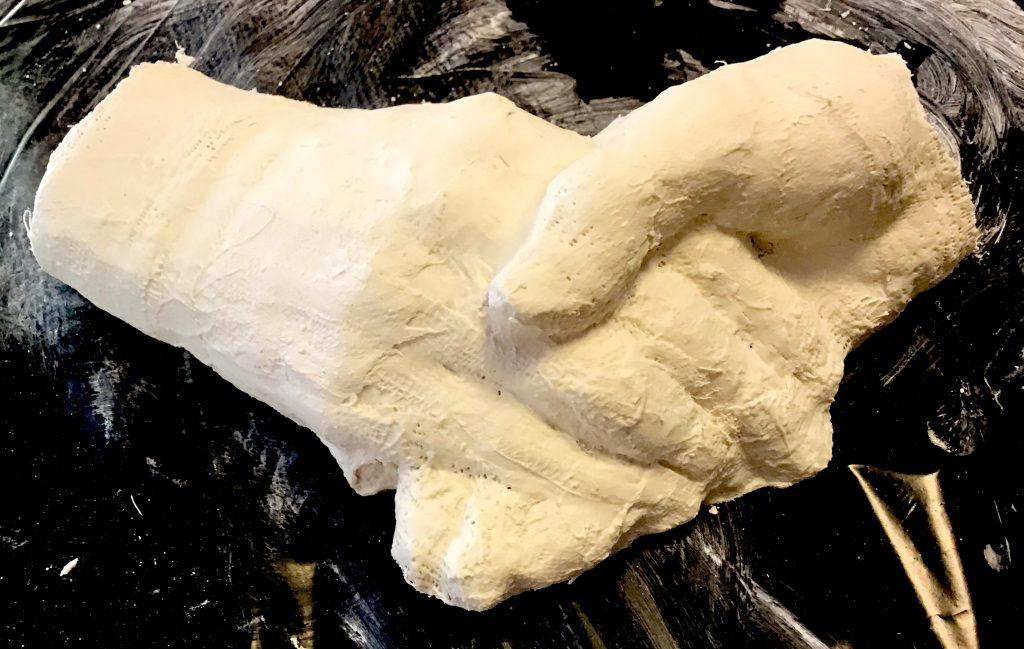
Thank you Marnie and Tara for sharing your thoughts, for your work in community, your research and advocacy for art therapy, and for your vision and perseverance.

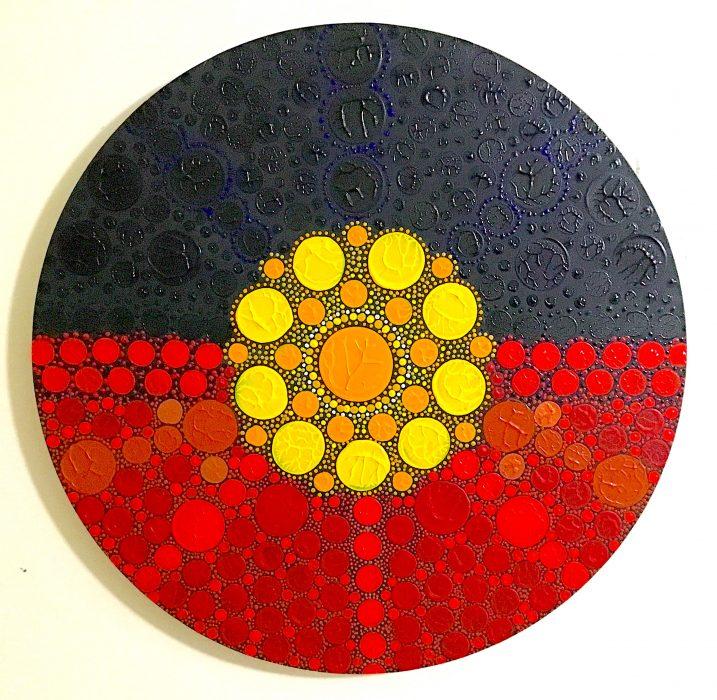
One Comment
Kersti Hilke
No words. I really feel touched about, deep in my heart.
Thank you all for giving this to us!
Kersti,
Göttingen, Germany